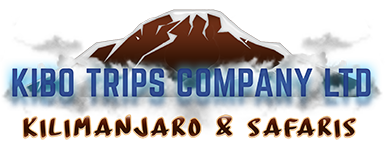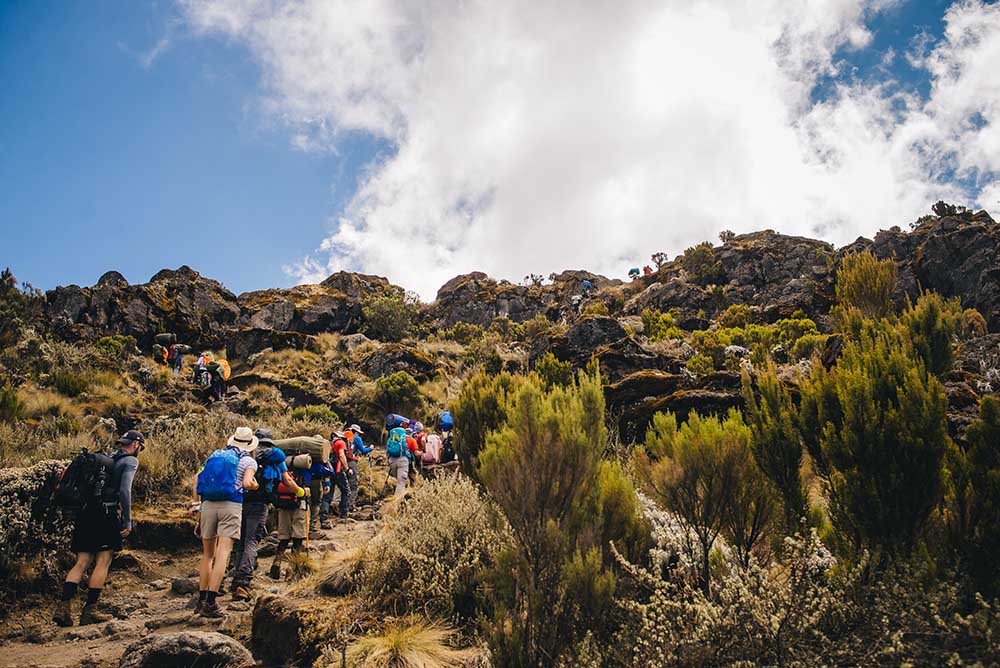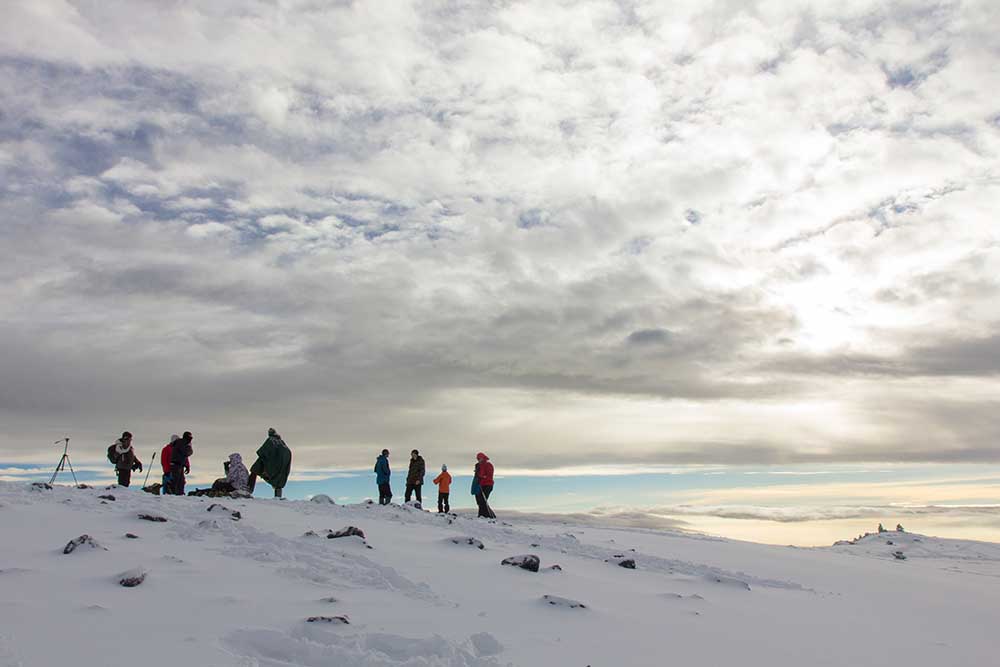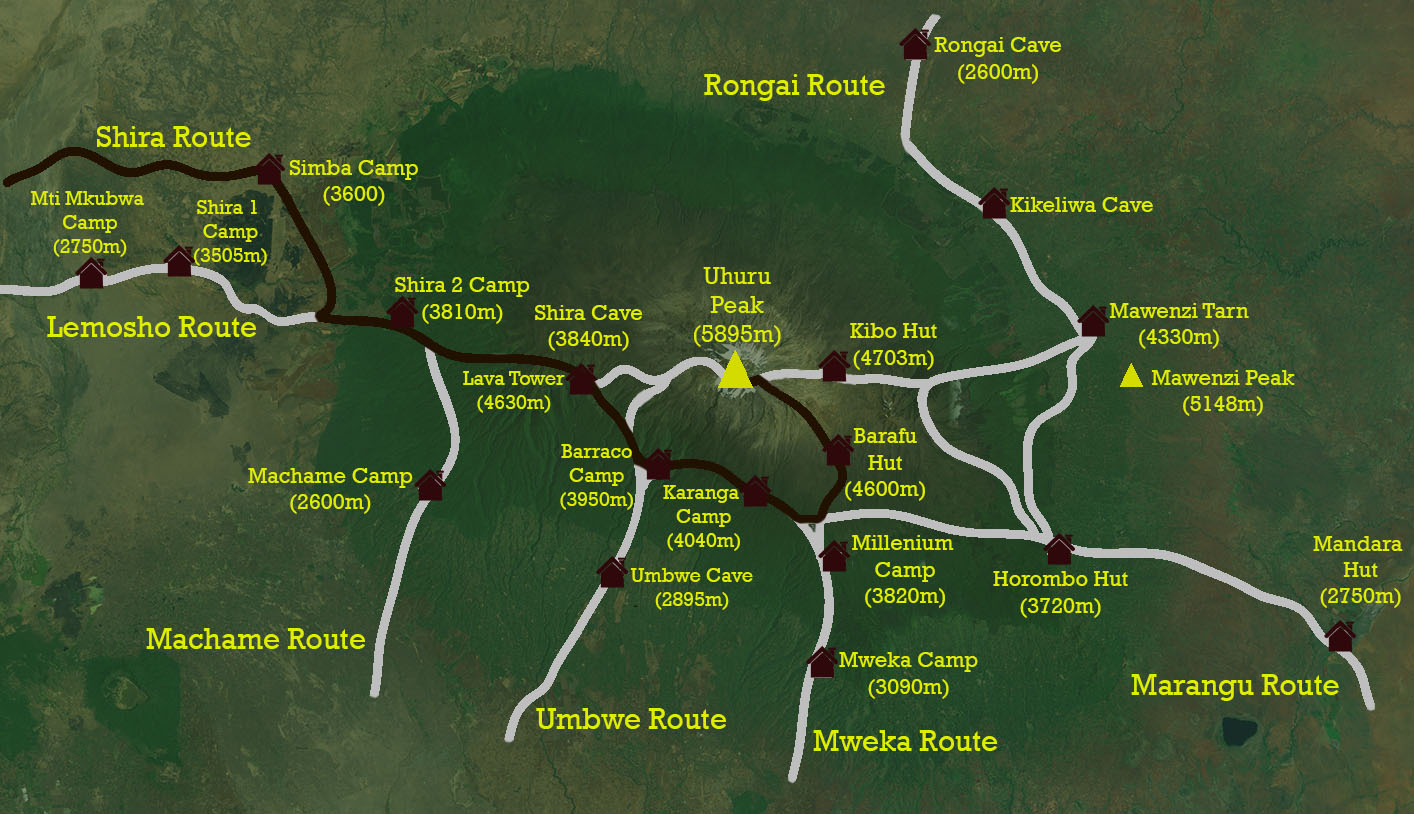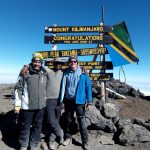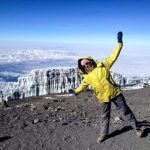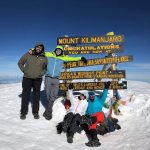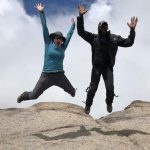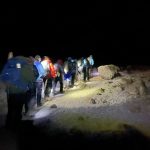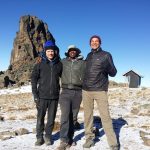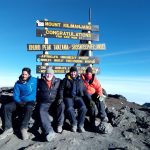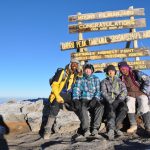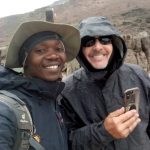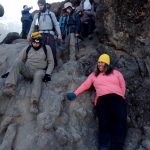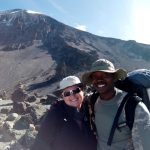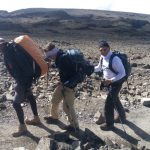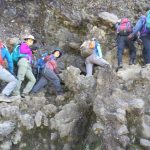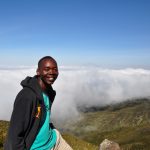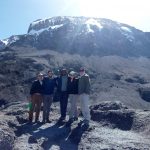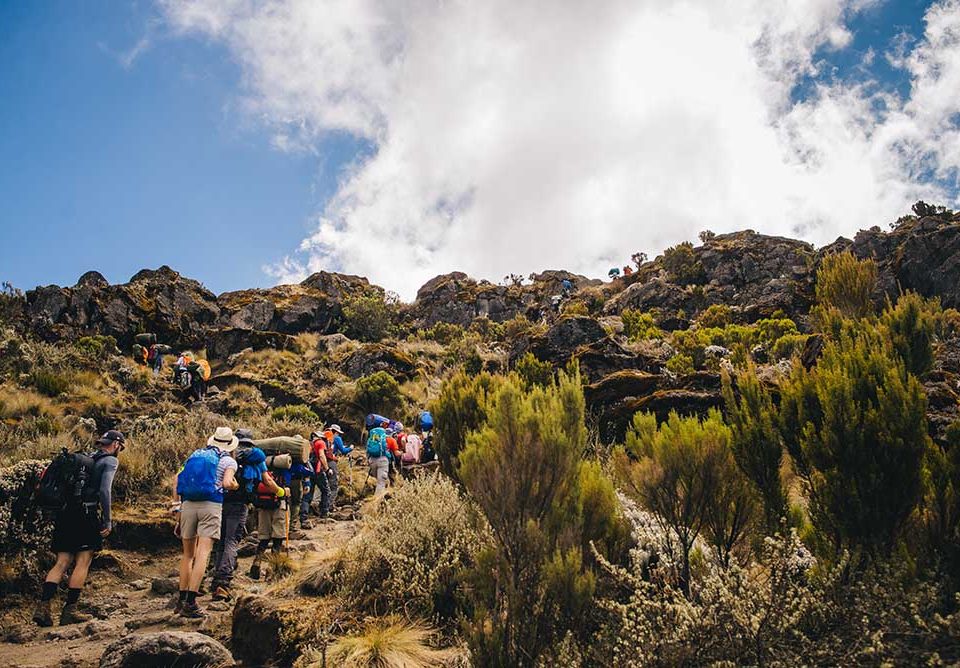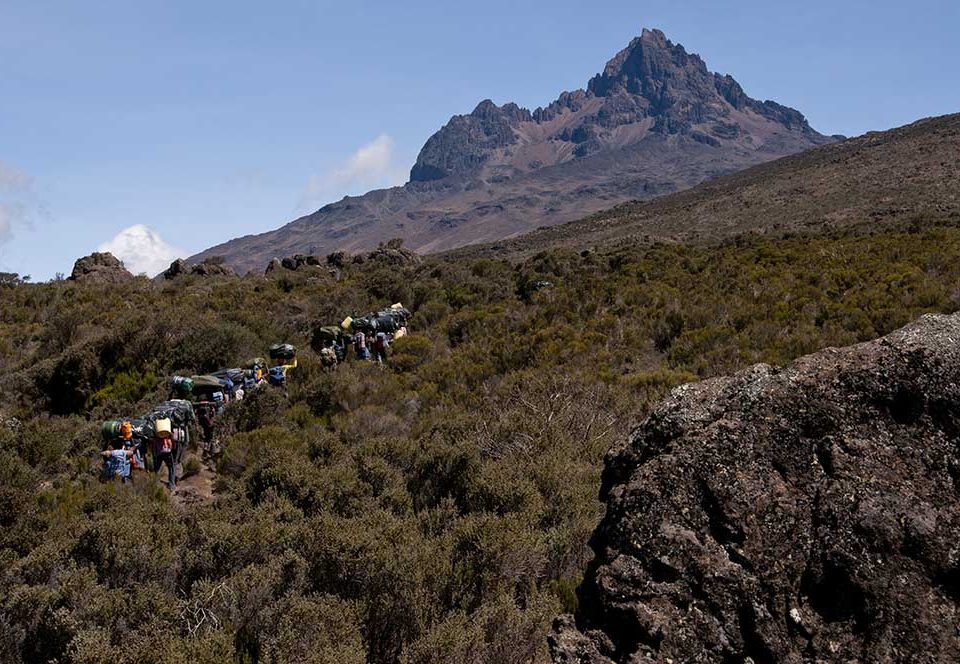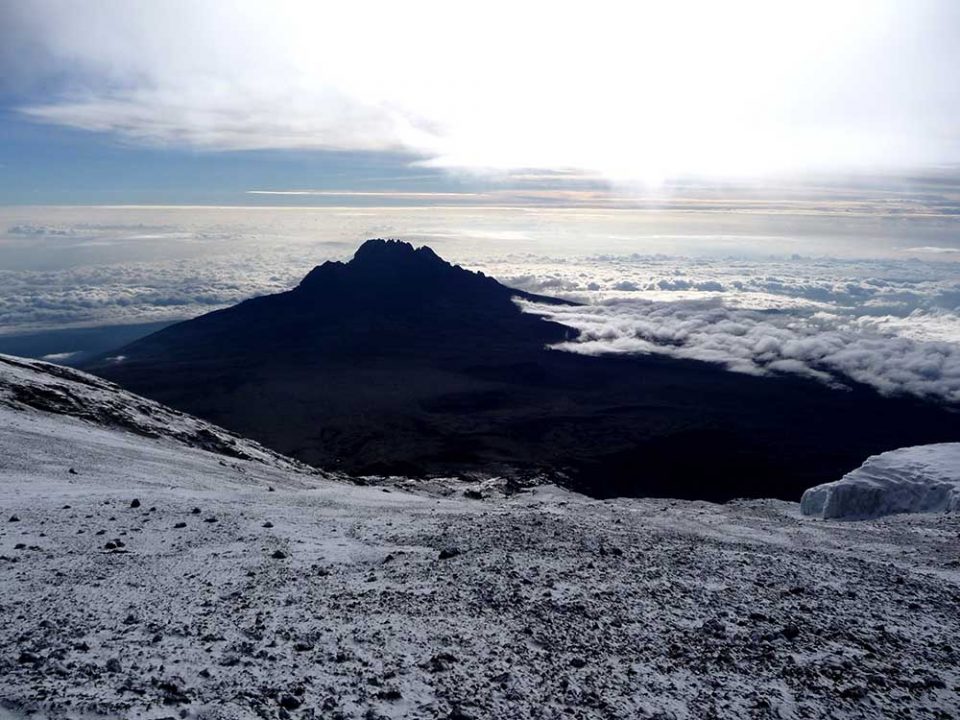Shira Route 8 Days
SUCCESS RATE 95% - 98%
DAY 1
After completing the necessary registration formalities at Londorossi National Park gate, we drive up a steep track within the national park to reach Shira Barrier (3,300m) where the walk begins. We continue on foot onto the Shira Plateau with excellent views across to the main summit. Our first camp is in the centre of the plateau at “Shira One” (3,550 m.). [2 – 3 hours walking]
DAY 2
An easy day to help acclimatisation and to explore the grassy moorland and the volcanic rock formations of the plateau. We walk to the summit of Shira Cathedral (3,750 m.), a huge buttress of rock surrounded by steep spires and pinnacles. There is a tangible sense of wilderness here (especially when the afternoon mists come in!) and the views from our camp near Shira Hut (3,840 m.) of Mt. Meru floating on the clouds are simply unforgettable. [4-5 hours walking]
DAY 3
We explore beneath the Northern Icefields, an area almost totally unvisited by tourists and with unusual views of Kibo. The morning walk is a steady climb away from the moorland of Shira Plateau to reach the broad upland desert beneath the Lent Hills, with expansive views in all directions. After lunch in our camp close to Moir Hut (4,200 m), there is the option of a more strenuous afternoon walk to reach the summit of the Little Lent Hill at 4,375m. Few visitors get to this remote corner of Kilimanjaro. [3-6 hours walking]
DAY 4
A morning of gentle ascent and panoramic views, walking on lava ridges beneath the glaciers of the Western Breach. After lunch at our Lava Tower campsite (4,550 m), there is a steep and spectacular afternoon walk on the rocky lower slopes of the Western Breach to reach the ruins of the old hut at Arrow Glacier (4,800 m). This afternoon excursion is highly recommended both for acclimatisation purposes and for the superb views of hanging glaciers on both sides of the Breach. [3-6 hours walking]
DAY 5
A steep descent into the bottom of the Great Barranco valley (3,900 m), sheltered by towering cliffs and with extensive views of the plains far below. A short climb up the famed Barranco Wall leads us to an undulating trail on the south-eastern flank of Kibo, with superb vistas of the Southern Icefields. The terrain is volcanic scree, with pockets of vegetation in sheltered hollows, and a powerful sense of mountain wilderness. Our next camp is at Karanga (4,000 m), the last water point on the approach to the summit. [5-7 hours walking]
DAY 6
We follow an easy path on compacted scree with wide views that gains altitude unrelentingly to reach the Barafu campsite (4,600 m) for lunch. There is a short acclimatisation walk to the plateau at the bottom of the South-East valley (4,800 m). The remainder of the day is spent resting in preparation for the final ascent before a very early night. [3-5 hours walking]
DAY 7
We will start our ascent by torchlight about 1 a.m. so that we can be up on the Crater rim by sunrise. The steep climb over loose volcanic scree has some well-graded zig-zags and a slow but steady pace will take us to Stella Point (5,735 m), in about five or six hours. We will rest there for a short time to enjoy the sunrise over Mawenzi. Those who are still feeling strong can make the two hour round trip from here along the crater rim to Uhuru Peak (5,896 m), passing close to the spectacular glaciers and ice cliffs that still occupy most of the summit area. The descent to Barafu is surprisingly fast, and after some refreshment, we continue to descend to reach our final campsite (3,800 m) Millenium. [11-15 hours walking]
DAY 8
A sustained descent on a well constructed path through lovely tropical forest alive with birdsong and boasting lush undergrowth with considerable botanical interest. Our route winds down to the National Park gate at Mweka (1,650 m). Here we sign out from the national park before walking on for a further 15 minutes through coffee and banana farms to Mweka village where our vehicle awaits, back to your hotel in Moshi or Arusha, [4-6 hours walking].
Book this tour
Included in the Prices
Excluded from the Prices
Cancellation Policy:
Kilimanjaro Rental Equipment
The above list is a guide to what should be taken, little else need be taken – do not overpack. Warm head cover, thick fibre pile or down jacket, light waterproof top, trousers, light overtrousers, mittens, thermal underwear, sweater, warm socks and lightweight inner socks, watertight and well broken in sturdy boots, gaiters, sunglasses, walking poles, sleeping bag (three or four season, if three then a liner is recommended), sleeping pad, water bottle, high factor sun protection cream, small first aid kit, headtorch with extra batteries, toilet roll, small wash kit and a small daypack. A holdall or bigger rucksack to give to your porter with your main luggage. Optional: a hat with a brim.
Recommended Minimum Tipping Scale:
- Chief Guide: US$ 15-20 per day
- Assistant Guide: US$ 10-15 per day per assistant guide
- Cook: US$ 7-10 per day
- Porters: US$ 5-7 per day per porter
Tip amounts listed are per group, not per individual traveler. For instance, if 4 people are on Kilimanjaro, they should each contribute US$ 5/day if they want to tip the chief guide US$ 20.
At the ceremony your group might choose to say a few words, sing a song or something else short in order to celebrate the moment.
[smart-grid mobile_row_height=”120″ last_row=”justify” style=”2″ captions_opacity=”0.4″ title=”false” share=”false”]
[/smart-grid]
